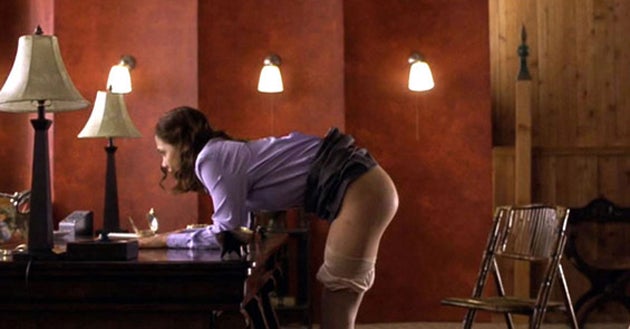The sex life of Simone; are her letters for real or is this a literary hoax? Week in Books

In a prologue to the book The Passion of Mademoiselle S: Letters to a Lover, a French diplomat tells us how he found a trove of letters in a satchel while helping a friend to clear out a cellar. They were written in the 1920s in the same hand and signed by the same woman. On reading, he discovered them to be filled with the intimate passions of a mistress – Simone – to her male lover, Charles (who later on in their affair is referred to in the feminine, as Lottie and “my sweet mistress”). The detail of their encounters relived in writing, and her desires, are expressed in vivid and pornographic detail, more shocking for their period setting when, for instance, telephones were only for the wealthier set of Parisians, to which this couple belonged. We have little idea of how Charles felt in this one-sided account because his letters to her are referred to, but not preserved, in the bundle. We might assume that he felt something significant, given that these letters were kept, albeit hidden away in a dark cellar, like buried treasure.
Jean-Yves Berthault, a diplomat, and the editor of the book, “bought” the letters from an unnamed friend. So here are Simone’s words, published this month for all the world to read.They depict a very modern relationship which is full of shocks and surprises for its play with gender, its blend of homosexual and heterosexual passion, and its violent sadomasochism (“your blows and brutalities”, “my battered rump” and “shuddering arse”). There is also the more timeless insecurity of the mistress, with Simone’s repeated worry that Charles will tire of her if she does not keep him titillated, in letters as in life.
This is an odd publication, with a certain mystique surrounding it, for me at least. Where is Simone’s family to give their consent to this? Why did they have to be “bought”? Did she have no family who survived her? Or for that matter, was she even real? Berthault’s “discovery” suggests that she was, of course, and this is not to contradict him, but only to posit a “what if...?”. France has a fine and long tradition of literary hoaxes. Could someone have invented Simone, and even left this cache as an unspoken joke in a cellar?
Maybe, maybe not. There is an authenticity in the repetitions and intimacy of the correspondence. Then again, there are allusions to Charles and his letters to her that draw him out so well as an absent co-protagonist, and also an over-arching narrative –a beginning, middle and sad end – that make me wonder.
In the permutations of their two-year-long affair, there are shades of Elfriede Jelinek’s The Piano Teacher in the description of violent desire. We see shades of The Story of O – in that this story, too, is of a woman trying to keep her lover interested with a sexually explicit text: writing that expresses the fluidity of female sexuality but, ultimately, is done in order to “keep her man”. There are echoes, even, of the Marquis de Sade in its self-proclaimed sexual “depravity” and “perverse couplings”.
On the other hand, if the book is for real, I feel some discomfort in reading it, rather as if I am rummaging though someone’s underwear drawer. One wonders what Simone would think. In some ways, it feels like an invasion of her privacy, even if she is long gone. Reading someone else’s private letters seems to break a sacred covenant between sender and recipient, especially when they are love letters. It is arguably fair game when we read the likes of TS Eliot’s love letters, for example, as they offer insight into his work.
A friend of mine has a file of love letters from her late father to her late mother, which she keeps in her bedroom but has never read. I have, more than once, puzzled over why she wouldn’t want to see what is inside them. Reading this book (at face value and not as a work of fiction, at least), I have a better idea of why not.
Television rides to the rescue of the Tolstoy refuseniks
A repeated refrain of last week’s furore about the new TV adaptation of War and Peace seemed to come in the rather unembarrassed admission by many people of never having read the book in the first place, or having skipped the “war” bits, or simply having lost the will to carry on half-way through. The drama’s director, Andrew Davies, confessed that he hadn’t either, until the BBC suggested it, and I can add my name to the roster of shame of those who still haven’t. But how many have read Tolstoy’s epic and, if they have, remember what happened and to whom? This might be one reason to be grateful for film or TV adaptations of the classics that we thought we’d read, or wish we had – if only we had the patience.
Join our commenting forum
Join thought-provoking conversations, follow other Independent readers and see their replies
Comments
Bookmark popover
Removed from bookmarks